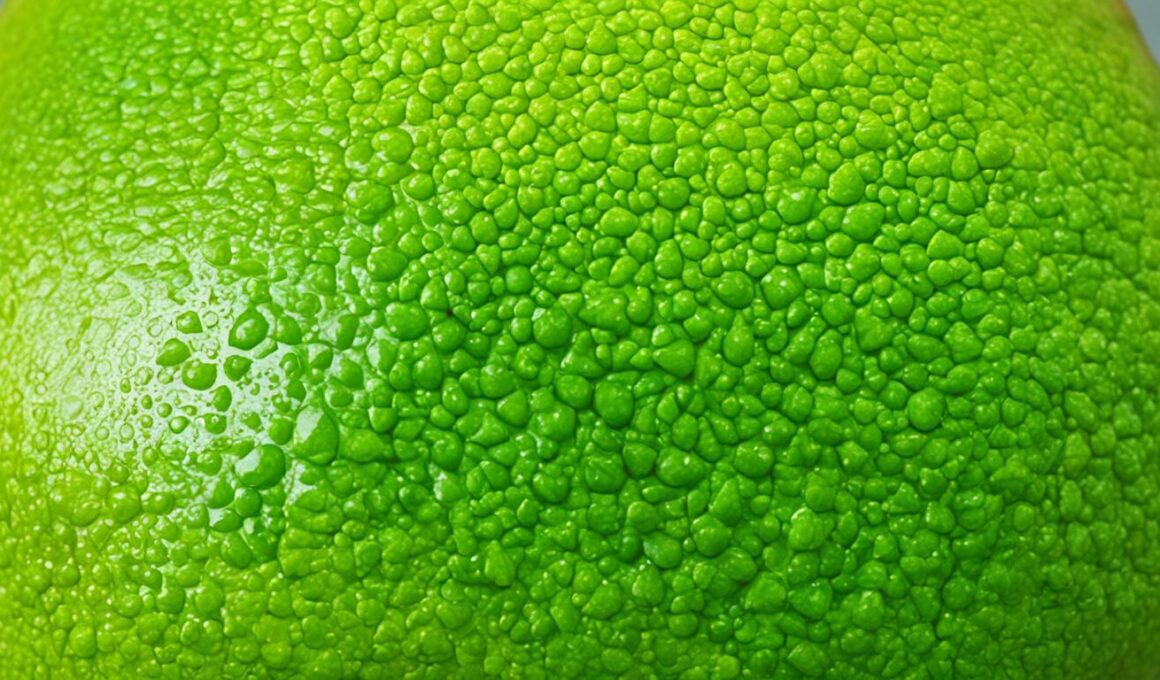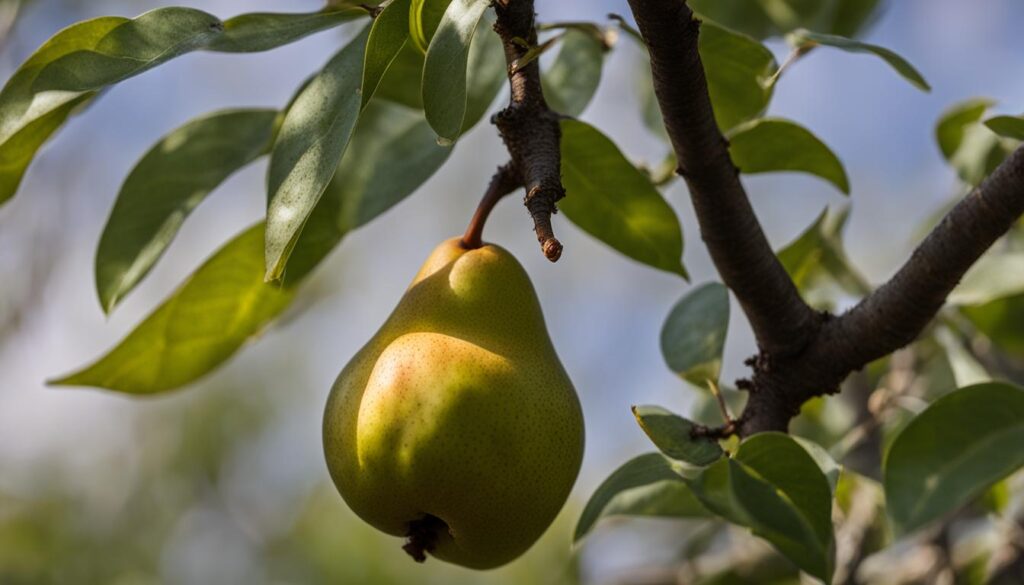Are you tired of biting into a hard, unripe pear? Determining the ripeness of a pear can be a challenge, but fret not! With a few simple techniques, you can easily determine whether a pear is ready to indulge in its juicy sweetness.
Pears, unlike some other fruits, don’t ripen on the tree. They are harvested when they are mature but not ripe, and they continue to ripen after being picked. To ensure that you savor the perfect pear, it’s essential to know how to determine its ripeness.
So how can you tell if a pear is ripe? Let’s explore three foolproof methods:
- Change in Skin Color: While this method is more apparent in certain varieties like Bartlett pears, check if the skin has transformed from green to a slightly yellowish or golden hue.
- Sniff Test: Give the pear a gentle sniff. Ripe pears emit a fragrant aroma, indicating that they are ready to be devoured.
- Neck Test: Gently press the neck of the pear with your thumb. If it yields to pressure, it’s a clear sign that the pear is ripe and at its peak of deliciousness.
Now that you know how to determine pear ripeness, you can confidently select the perfect pear for your next snack or recipe. But what if the pear isn’t ripe yet? Don’t worry! There are ways to ripen pears at home.
For the rest of this article, we’ll delve into the ripening process of pears, the role of ethylene in their transformation, and essential tips for selecting and storing these delectable fruits.
How Pears Ripen and the Role of Ethylene
Pears ripen from the inside out, which means that you can’t simply judge their ripeness by looking at the skin. Unlike some other fruits, pears are picked when they have reached full size but before they start to ripen. This is because pears undergo a process called inside out ripening, where the flesh softens and sweetens as it ripens from the core towards the skin.
So, how can you ripen pears at home? One effective method is by placing them in a brown paper bag. This captures the ethylene gas released by the pears themselves and other fruits like apples and bananas, which accelerates the ripening process. The bag traps the gas, allowing it to concentrate around the pears and speed up their ripening.
After a couple of days in the bag, your pears should be ripe and ready to eat. To determine their ripeness, gently press the neck or stem end of the pear with your thumb. If it yields to slight pressure, it’s a sign that the pear is ripe and juicy. Be sure to consume ripe pears within a day or two, as they have a relatively short shelf life.
Ripening pears at home not only allows you to enjoy them at their peak flavor, but it also gives you more control over their ripeness. This can be especially helpful when you want perfectly ripe pears for a recipe or have a preference for a certain level of ripeness.
Tips for Selecting and Storing Pears
When it comes to pears, determining their ripeness can be a bit tricky. Unlike many other fruits, pears do not change color as they ripen. However, there are a few simple tips you can follow to select perfectly ripe pears and extend their shelf life. Let’s take a look!
Selecting Ripe Pears
To choose a ripe pear, start by gently pressing the neck of the pear with your thumb. If it feels slightly soft, then it is ready to be enjoyed. Avoid pears that are too firm, as they will still need time to ripen.
Storing Pears
To ripen pears at home, you have a couple of options. You can place them in a paper bag and let them sit at room temperature for 2-4 days. This will help expedite the ripening process. Alternatively, you can place the pears in a bowl alongside other ripe fruits like apples, bananas, or avocados. The natural ethylene gas released by these fruits will further accelerate the ripening of the pears.
Once your pears have reached their desired ripeness, it’s time to store them. Ripe pears should be refrigerated to preserve their freshness. Keeping them in the fridge will help extend their shelf life and ensure they stay delicious for longer. On the other hand, if you have unripe pears, it’s best to store them at room temperature until they are ready to be ripened.
By following these tips, you can select perfectly ripe pears and make them last longer in your kitchen. Now that you know how to choose and store your pears, you can enjoy their sweet and juicy flavor at just the right moment!
Conclusion
Knowing how to determine if a pear is ripe is crucial for experiencing the full flavor and texture of this luscious fruit. Unlike many other fruits, pears follow a unique ripening process. They mature from the inside out and do not undergo a significant change in skin color when ripe, making it essential to rely on other indicators.
The key signs of a ripe pear include a change in skin color for specific varieties, a fragrant aroma, and a soft neck. By paying attention to these cues, you can ensure that you select a perfectly ripe pear that will delight your taste buds.
Additionally, understanding the ripening process of pears and how to expedite it can be beneficial. Placing unripe pears in a paper bag or alongside other ethylene-releasing fruits like apples and bananas can help accelerate the ripening process.
Remember, once pears have reached their desired ripeness, it is advisable to refrigerate them to extend their freshness. By following these tips on selecting, ripening, and storing pears, you can always enjoy the delightful taste of a ripe fruit when indulging in a juicy, succulent pear.
Do Brown Leaves on an Avocado Tree Indicate the Fruit is Ripe?
When you see your avocado tree browning leaves, it could indicate a few different issues. While some browning is normal as leaves age and fall, excessive browning could be a sign of stress or disease. It’s best to consult a professional to determine the cause and ensure the health of your avocado tree.










